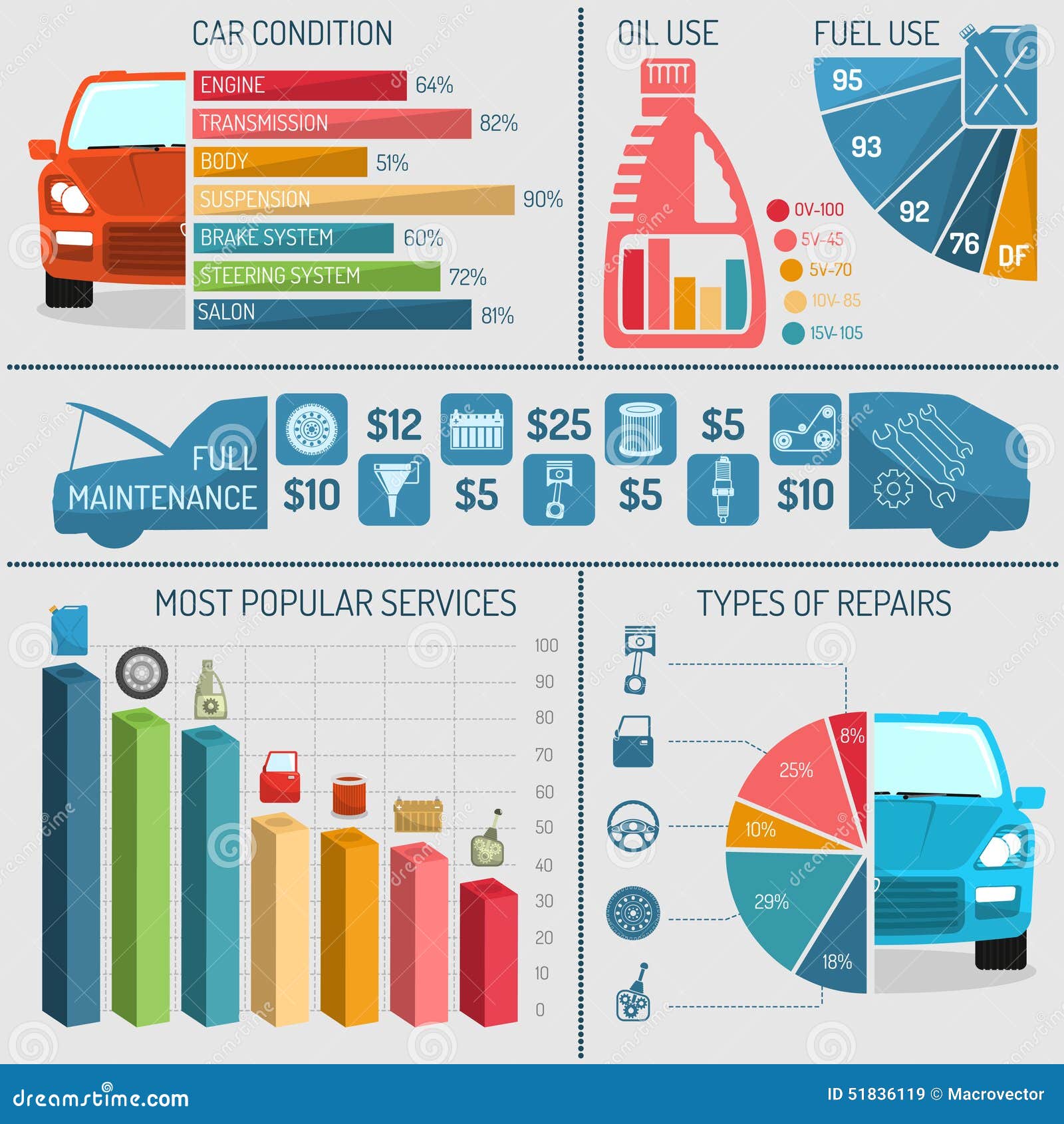Exploring The Genuine Analysis Of Your Car'S Warning Lighting
Exploring The Genuine Analysis Of Your Car'S Warning Lighting
Blog Article
Content By-Peck Ferguson
When you're behind the wheel, those radiant caution lights on your control panel can be a bit bewildering. Do you recognize what they're trying to tell you regarding your car's wellness? Comprehending the relevance of these lights is crucial for your safety and the durability of your lorry. So, the next time among those lights turns up, wouldn't you want to analyze its message properly and take the essential steps to address it?
Common Warning Lighting and Interpretations
Recognize common caution lights in your car and comprehend their definitions to guarantee safe driving.
linked web page consist of the check engine light, which signals concerns with the engine or exhausts system. If this light comes on, it's essential to have your car inspected immediately.
The oil pressure warning light shows reduced oil stress, calling for immediate focus to stop engine damage.
A flashing battery light may recommend a defective billing system, potentially leaving you stranded if not addressed.
The tire pressure monitoring system (TPMS) light informs you to reduced tire stress, affecting car security and gas effectiveness. Ignoring this could result in dangerous driving conditions.
The ABS light suggests a trouble with the anti-lock stopping system, compromising your ability to stop promptly in emergency situations.
Lastly, the coolant temperature cautioning light warns of engine overheating, which can cause severe damage if not dealt with quickly.
Recognizing these typical warning lights will certainly help you deal with concerns promptly and preserve safe driving conditions.
Importance of Prompt Focus
Understanding the typical warning lights in your vehicle is only the primary step; the value of quickly attending to these cautions can not be emphasized sufficient to ensure your safety on the road.
When a caution light brightens on your dashboard, it's your car's method of connecting a prospective problem that requires focus. Disregarding these cautions can bring about much more serious problems down the road, jeopardizing your safety and security and potentially costing you a lot more in repairs.
Motivate interest to warning lights can prevent break downs and accidents. As an example, a flashing check engine light could suggest a misfire that, if left neglected, might cause damage to the catalytic converter. Addressing https://www.aarp.org/auto/car-maintenance-safety/info-2020/car-repair-safety-amid-coronavirus.html can save you from a costly repair service.
Likewise, a brake system advising light may signify reduced brake liquid or worn brake pads, critical parts for your safety when driving.
DIY Troubleshooting Tips
If you see a warning light on your control panel, there are a couple of do it yourself troubleshooting suggestions you can attempt before seeking professional assistance.
The first step is to consult your vehicle's guidebook to recognize what the particular caution light shows. Occasionally the issue can be as straightforward as a loosened gas cap causing the check engine light. Tightening up the gas cap might settle the trouble.
Another typical problem is a reduced battery, which can cause numerous advising lights. Examining Check This Out for corrosion and guaranteeing they're secure might deal with the trouble.
If a caution light persists, you can try resetting it by detaching the automobile's battery for a couple of minutes and afterwards reconnecting it. Additionally, inspecting advanced auto repair , such as oil, coolant, and brake fluid, can aid repair warning lights associated with these systems.
Conclusion
Finally, understanding your vehicle's caution lights is crucial for keeping your automobile running smoothly and safely. By immediately dealing with these alerts and understanding what they imply, you can stay clear of pricey fixings and prospective malfunctions.
Remember to consult your auto's guidebook for specific details on each warning light and take action accordingly to ensure a trouble-free driving experience.
Stay informed, stay safe when traveling!
